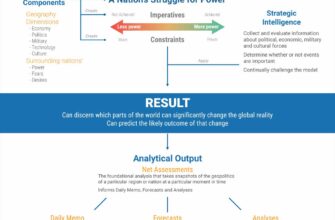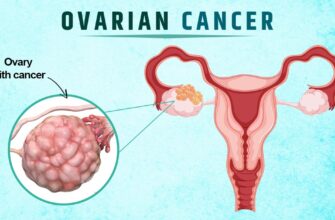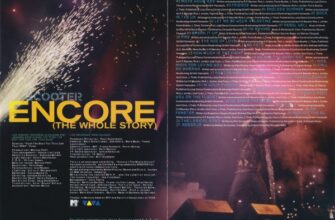In a remarkable stride for materials science, researchers at Tomsk Polytechnic University (TPU) have unveiled a groundbreaking method for synthesizing ultra-high-temperature ceramics, specifically high-entropy borides, right in the open air. This innovation, set to redefine manufacturing processes for critical components, promises to significantly simplify and accelerate the production of materials essential for everything from spacecraft to nuclear reactors.
The Quest for Extreme Resilience
For decades, engineers and scientists have chased materials that can withstand the harshest conditions imaginable—temperatures soaring past 3000°C, corrosive environments, and immense mechanical stresses. High-entropy borides, compounds of metals with boron, represent a cutting-edge class of ceramics that possess these extraordinary properties. Their exceptional hardness, resistance to oxidation, and unparalleled thermal stability make them ideal candidates for the components of next-generation high-temperature engines, advanced nuclear reactors, and specialized cutting tools. In essence, these are the “space-age” materials designed to shrug off environments that would vaporize conventional alloys.
Imagine parts for rockets re-entering Earth`s atmosphere, or components for fusion reactors operating at stellar temperatures. That`s the realm where high-entropy borides reign supreme.
The Old Paradigm: Complex, Costly, Cumbersome
Despite their undeniable potential, the widespread adoption and manufacturing of high-entropy borides have been hampered by a formidable challenge: their synthesis is notoriously difficult. Traditional methods demand a highly controlled environment, typically requiring expensive vacuum equipment or inert gas atmospheres to prevent unwanted reactions with oxygen. This intricate dance of high temperatures, precise pressure control, and specialized machinery translates into a slow, energy-intensive, and exorbitantly costly production process. One might even wonder if the materials were designed to be as difficult to make as they are resilient.
A Breath of Fresh Air: The TPU Breakthrough
Enter the innovators from Tomsk Polytechnic University. Led by Alexander Pak, head of the Laboratory of Advanced Materials for the Energy Industry, and junior researcher Arina Svinukhova, the team has pioneered a “non-vacuum electric arc synthesis method.” This elegant solution sidesteps the need for elaborate vacuum chambers and inert gas environments, performing the synthesis right where one can breathe—in open air.
How do they manage this seemingly impossible feat? The trick lies in the arc discharge itself. When a direct current arc is ignited, it generates incredibly high temperatures in mere seconds to minutes. Crucially, this intense discharge also creates a localized, self-protective atmosphere composed of carbon monoxide and carbon dioxide. This ingenious natural shield effectively prevents the newly forming borides from oxidizing due to ambient oxygen, allowing the process to unfold unhindered.
The implications are profound:
- Simplicity: The process is significantly streamlined, reducing operational complexity.
- Efficiency: Lower energy consumption and dramatically increased overall productivity.
- Accessibility: Reduces the barrier to entry for research and industrial application of these advanced materials.
Solid Results: Harder Than Steel, Ready for the Future
The proof, as they say, is in the material itself. The TPU researchers have successfully produced bulk ceramic samples of these high-entropy borides with remarkable properties:
- Density: Up to an impressive 96.5 percent.
- Hardness: An astonishing 28.8 gigapascals, making them ten times harder than common steel.
As Arina Svinukhova highlights, “The bulk ceramic samples we obtained are comparable in hardness to samples from powders produced by other methods, and in some cases, even surpass similar materials described in scientific literature.” This isn`t just a simplified process; it`s one that yields materials of exceptional quality.
This development builds on previous successes, as TPU had already synthesized titanium diboride (TiB2), a known ultra-high-temperature ceramic, using an open-air electric arc plasma method in 2024. The current achievement expands on this, creating complex high-entropy borides that incorporate titanium alongside zirconium, niobium, hafnium, and tantalum. This ability to vary the composition of metal borides is crucial, as it allows scientists to precisely tailor the material`s properties for specific applications.
Looking Ahead: Shaping Tomorrow`s Technologies
Supported by a grant from the Russian Science Foundation, the team is far from finished. Their next steps involve continuing the synthesis of both known and novel high-entropy borides with diverse compositions. This iterative process of discovery and refinement will undoubtedly lead to new materials with even more specialized and enhanced characteristics.
The open-air synthesis of high-entropy borides by Tomsk Polytechnic University is more than just a scientific curiosity; it`s a practical revolution. By making these “space-age” materials more accessible and affordable, TPU is not only advancing material science but also paving the way for innovations across industries—from safer nuclear energy to more efficient aerospace propulsion and durable industrial tools. It seems the future of extreme materials might just be forged in the simplest of settings: the open air.







